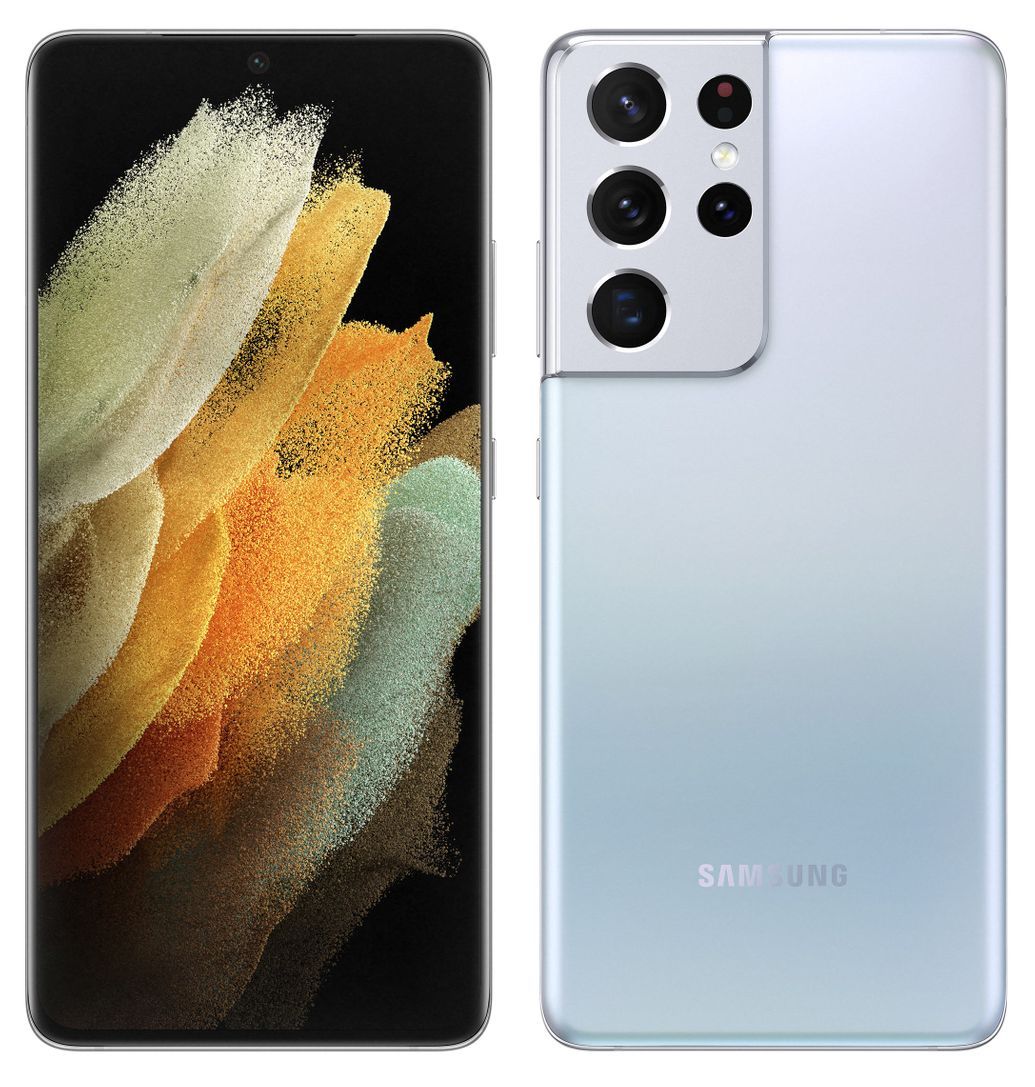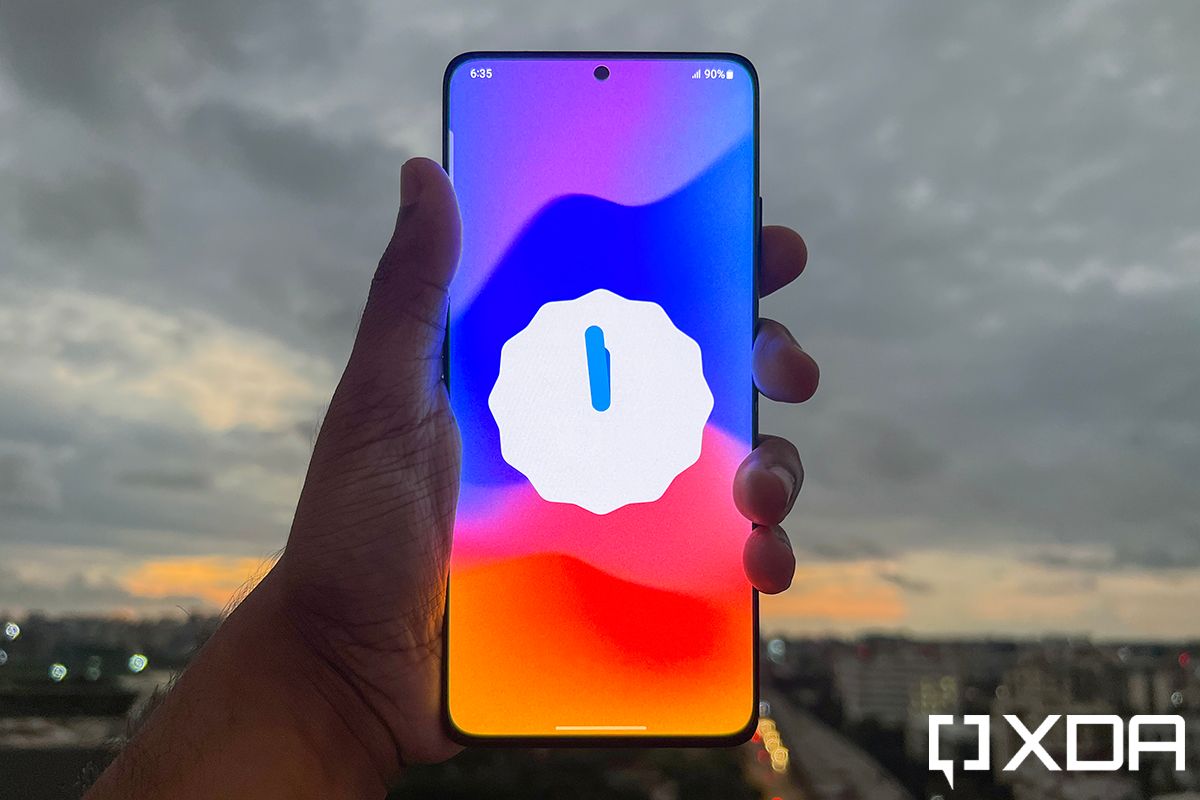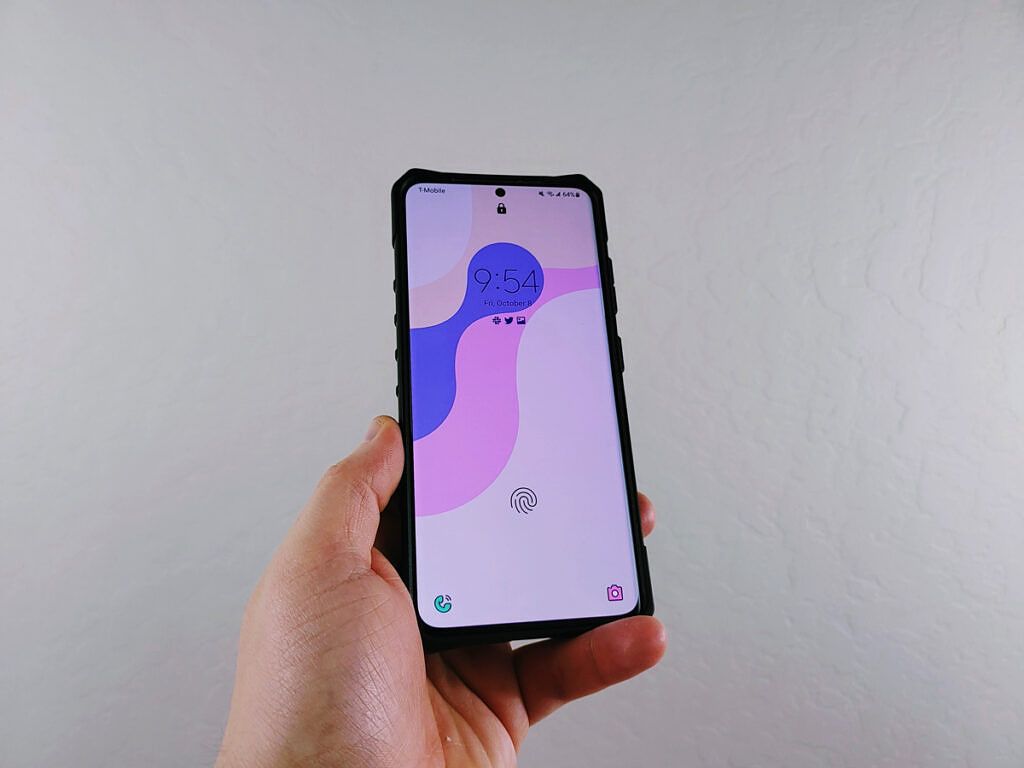Samsung pushed out the second iteration of their One UI 4.0 beta software earlier this week. Coming roughly three weeks after the original beta release, the new version brings some new features and promises performance improvements. One of the key changes is the ability to dynamically theme your device using colors pulled from the current wallpaper. This feature is one of the cornerstones of Google's Material You redesign in Android 12 on Pixel devices. The Samsung One UI 4.0 beta 2 dynamic theme engine doesn't appear to behave exactly as Google's Monet on a Pixel phone, but it does bring an extra layer of customization to One UI that users have been asking for.
In this post, I'll take a quick look at all of the new key features in the second beta release, as well as discuss stability and battery life. I've been running the beta on my unlocked Galaxy S21 Ultra for over 48 hours, so I have a pretty decent idea of how stable this release is. In addition, I'm sourcing some comments from the Samsung Members discussion forum to give additional insight from other beta testers.
Samsung One UI 4.0 Beta 2: New Features
Color Themes
By far the most noticeable change in One UI beta 2 is the new color theming option. This feature is enabled by long-pressing on the home screen and navigating to the 'Wallpaper' menu. It's worth noting that enabling this feature presents you with a few different color schemes to pick from. Each of these palettes is pulled from your current wallpaper.
This is quite a bit different than Google's Monet algorithm on the Pixel, which doesn't give you the option to specifically choose which colors are used for theming.
Samsung's theming engine is also not quite as comprehensive as Google's. While the quick settings tiles are themed along with text accents in the settings, you don't have the ability to theme icons. The color shading is also substantially different. I quickly compared the Samsung theme chosen on my Galaxy S21 Ultra with the same wallpaper theming on my Pixel 5A running the Android 12 beta.
It's easy to see that Google uses a variety of different colors to theme both the quick settings and other accents throughout their own suite of apps. The Samsung color theme engine seems to apply fewer colors to the overall theme, with very little variation in shading or gradients.
You do get theming in the stock Samsung apps, such as Calendar, Calculator, Phone, Contacts, etc. However, that theming is fairly limited and not as interesting as on the Pixel with Android 12 beta. In addition, the theming on my Galaxy S21 Ultra doesn't carry over to the Google apps, which means no theming in Gmail, Google Calendar, Keep Notes, and other popular apps. This might not be a big deal if you primarily use Samsung apps, but as someone that uses mostly Google apps on my Samsung devices, this is a big bummer.
One important caveat with the new color theming is the inability to use it with custom themes from the Samsung Theme Store. This makes sense, considering these themes typically have their own color combinations for the quick settings and other UI elements. Luckily, you can still apply icon packs from the Play Store with ThemePark and keep your color theme chosen from a particular wallpaper.
Mic Mode and Video Call Improvements
Video calling gets some improvements in this beta, but they're really just catching up to features already offered in popular apps. When you start a video call, you're now presented with a floating menu with a number of new options.
Some of the more useful options include the ability to blur the background, add a backdrop image, or other visual effects. It's nice to see these features available, but they're nothing revolutionary or new for video calling in general.
Adding to the visual effects is the new "Mic mode" option that lets you choose just what audio is picked up when making video calls. The "Standard" mode doesn't do anything special and audio is picked up and processed in the same way you're used to when video calling on a Samsung phone. The "Voice focus" mode is designed to get rid of background noise, excellent if you need to make a video call on the subway or while on a busy street downtown.
Apply RAM Plus (Virtual RAM)
When I first downloaded this update, I was pretty skeptical about RAM Plus. For those that aren't aware, RAM Plus allocates a certain amount of storage on your phone to be used as virtual RAM. I've avoided looking into it on my Galaxy Z Fold 3 thus far, because it seems like more of a gimmick than anything else for high-end devices. With flagship phones, you already have plenty of RAM, so it seems like it shouldn't make much of a difference.
I'm happy to report that RAM Plus actually is a useful feature, even for a powerful smartphone like the Galaxy S21 Ultra. Although I never noticed any particular lag or hiccups on my phone before, I did often notice that apps wouldn't stay in memory between relatively short usage periods. This isn't a huge deal, but RAM Plus appears to solve this issue almost entirely. Since downloading One UI 4.0 Beta 2, I haven't noticed a single app cleared out of memory while actively using my phone.
There isn't a way to directly disable RAM Plus in this beta, so you're pretty much stuck with it whether you find it useful or not. You can head to the Device Care menu and see how much space is used by the feature at a given time. It seems that the virtual RAM is currently capped at 4GB, so it'll be interesting to see if Samsung expands this limit in the future for devices with large amount of free storage at a given time.
Samsung One UI 4.0 Beta 2: Stability and Battery Life
When it comes to stability, things haven't changed a whole lot from the first One UI 4.0 Beta. While some bugs were fixed, there are still a number of them intact from that first release. In addition, there are some new issues I've noticed on my own S21 Ultra and observed others posting about it in the Samsung Members feedback community. In the interest of brevity, here are some of the key concerns I have so far:
- The device runs much hotter in general in beta 2.
- Window animations are much less smooth when closing/opening apps.
- App crashes still sporadically persist in some popular apps, like Instagram.
- Google Pay still doesn't work.
- eSIM appears to be broken for T-Mobile users (including myself).
- Volume keys don't work when using a Chromecast.
Those are the main things I've had problems with myself that are also corroborated by other beta testers. Thankfully, Android Auto does continue to work fine for me. I know a lot of people use Android Auto every day, so you can still safely test the beta if that's your main concern.
Battery life has actually been quite a drop-off from the original beta release. I would attribute this to the overall higher temperatures of the device when doing intensive tasks. Thus far, I've averaged around 5-6 hours of screen-on time per charge, which is a solid two hours below what I was able to get in the previous beta.
Overall, I'd say the second beta is likely not worth running as a daily driver on your primary device. The battery life is a big enough reason to make that decision, but the other lingering issues and bugs I've mentioned are also serious enough that you should probably wait for the next beta. In the past, Samsung has tightened up stability in the third and fourth beta releases, so you should have a decent shot at testing early with less headache.

Samsung Galaxy S21 Ultra
The Samsung Galaxy S21 Ultra is the ultimate overkill in the new 2021 flagship series, packing in a flagship SoC, a premium build, a great display, and an amazing camera setup, as well as all the extras expected on a premium flagship.
What are your thoughts on Samsung's One UI 4 Betas so far? Do you like the direction Samsung is taking with the wallpaper-based theme engine? Let us know in the comments below!


